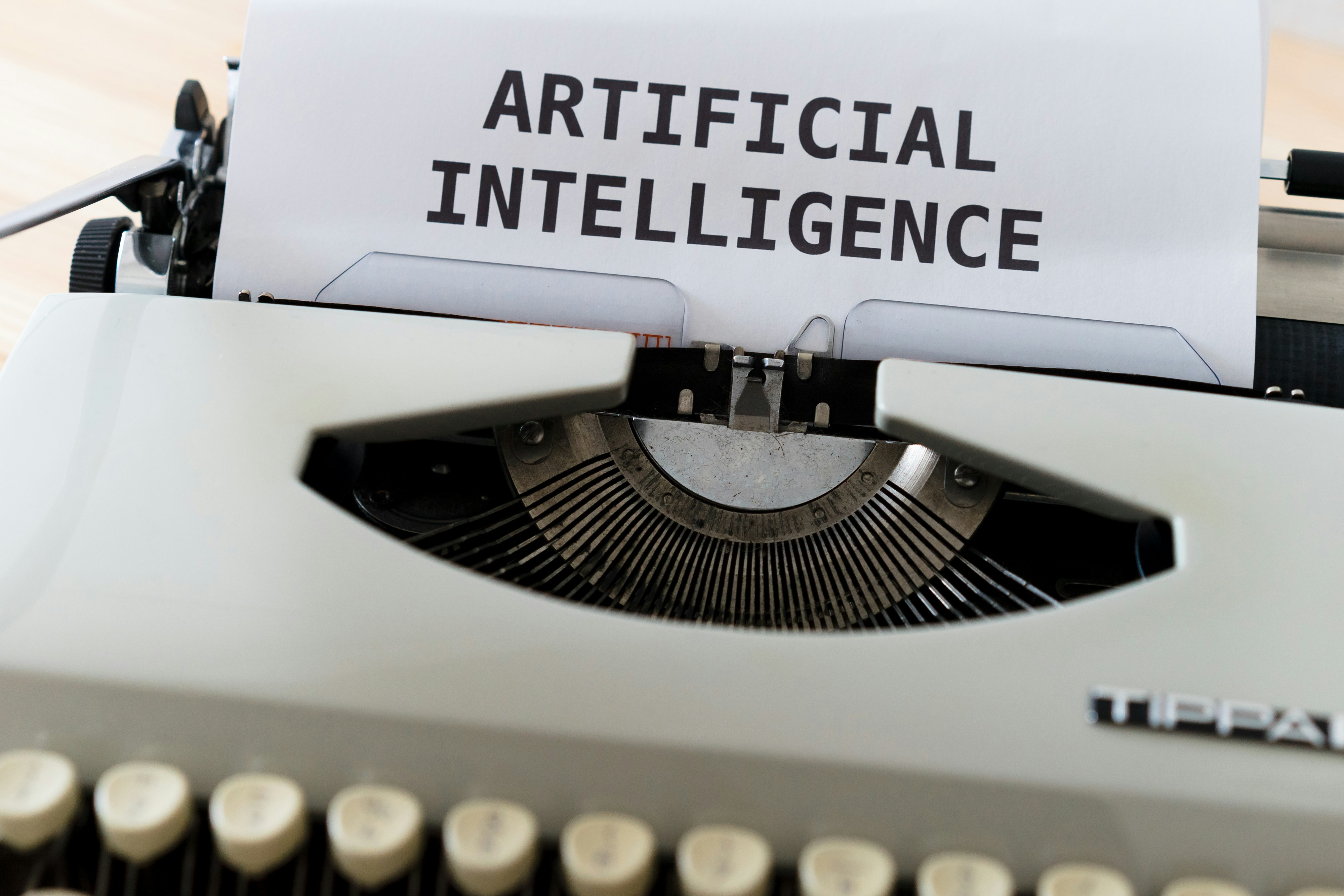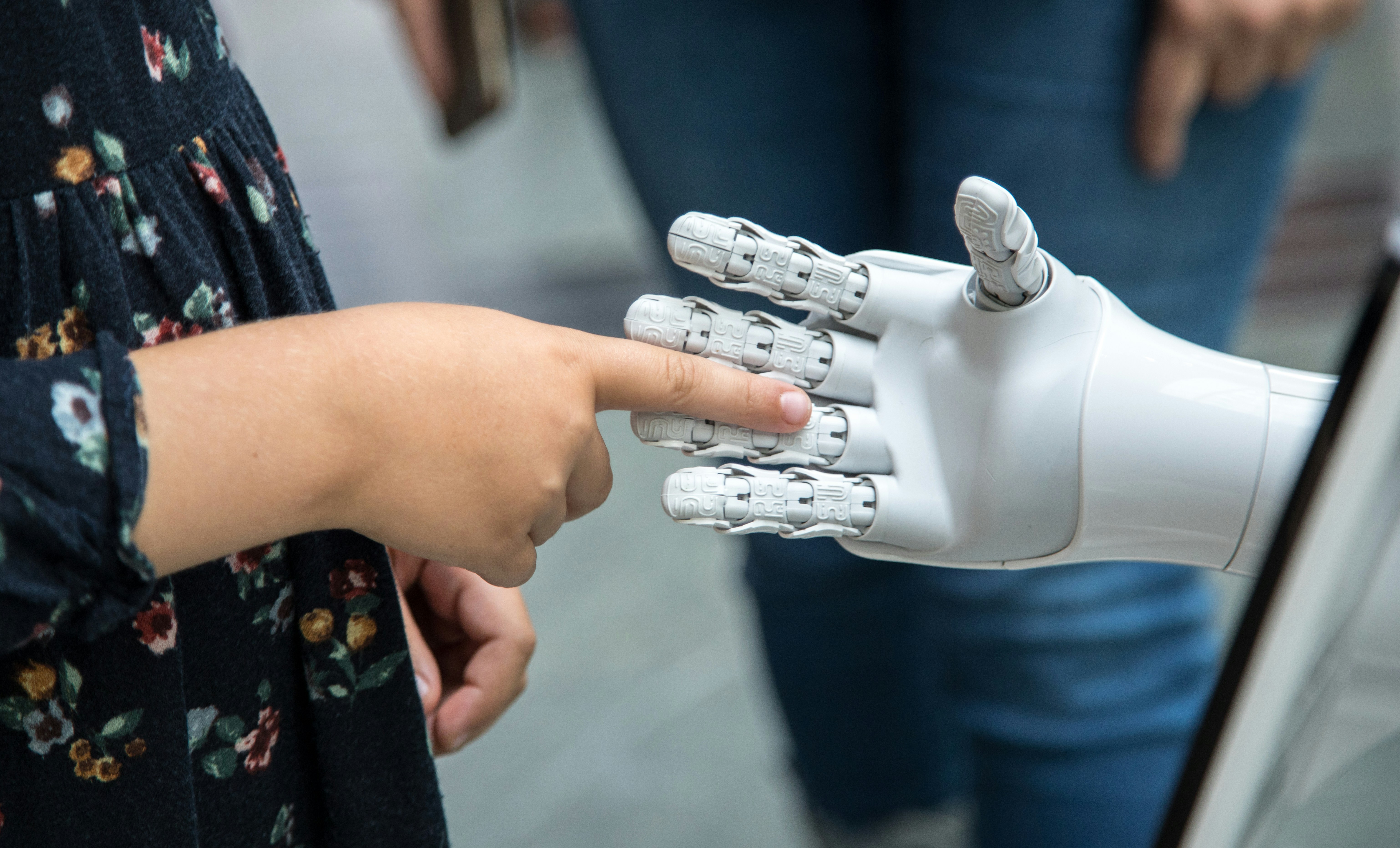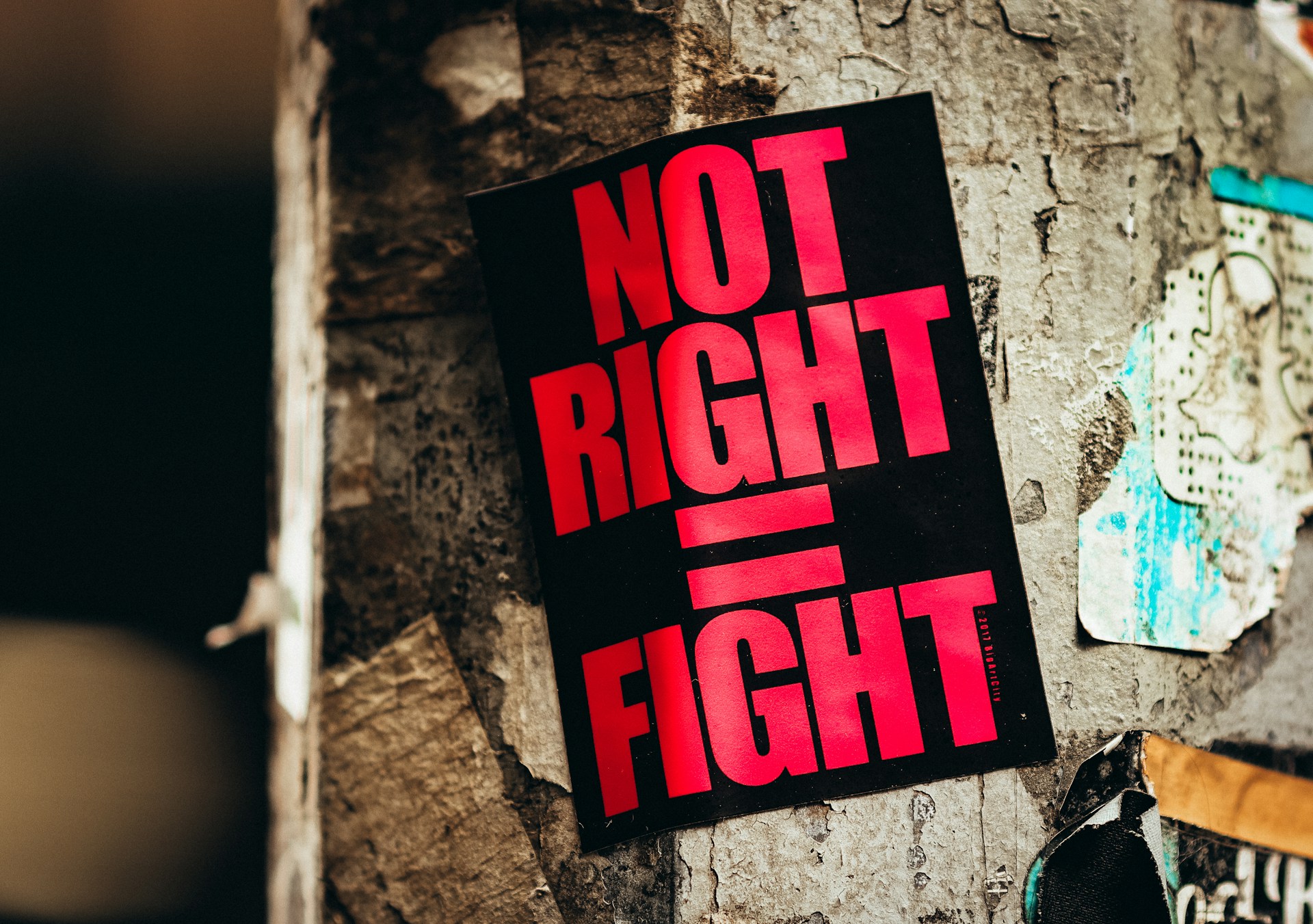The Author in the Machine: Why Your BookTranslate.ai Translation is Your Copyright
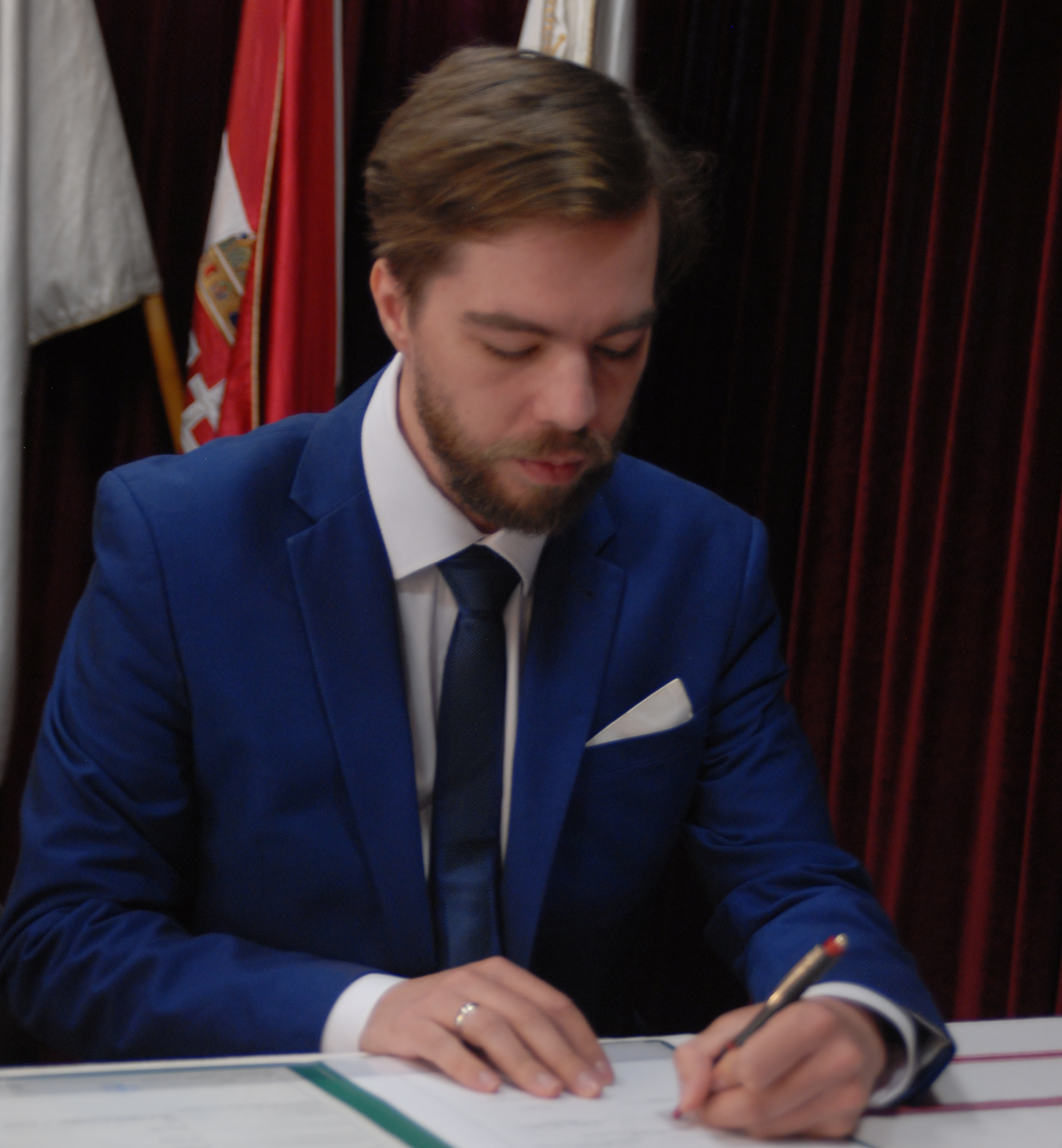
Balint Taborski
Founder, BookTranslate.ai
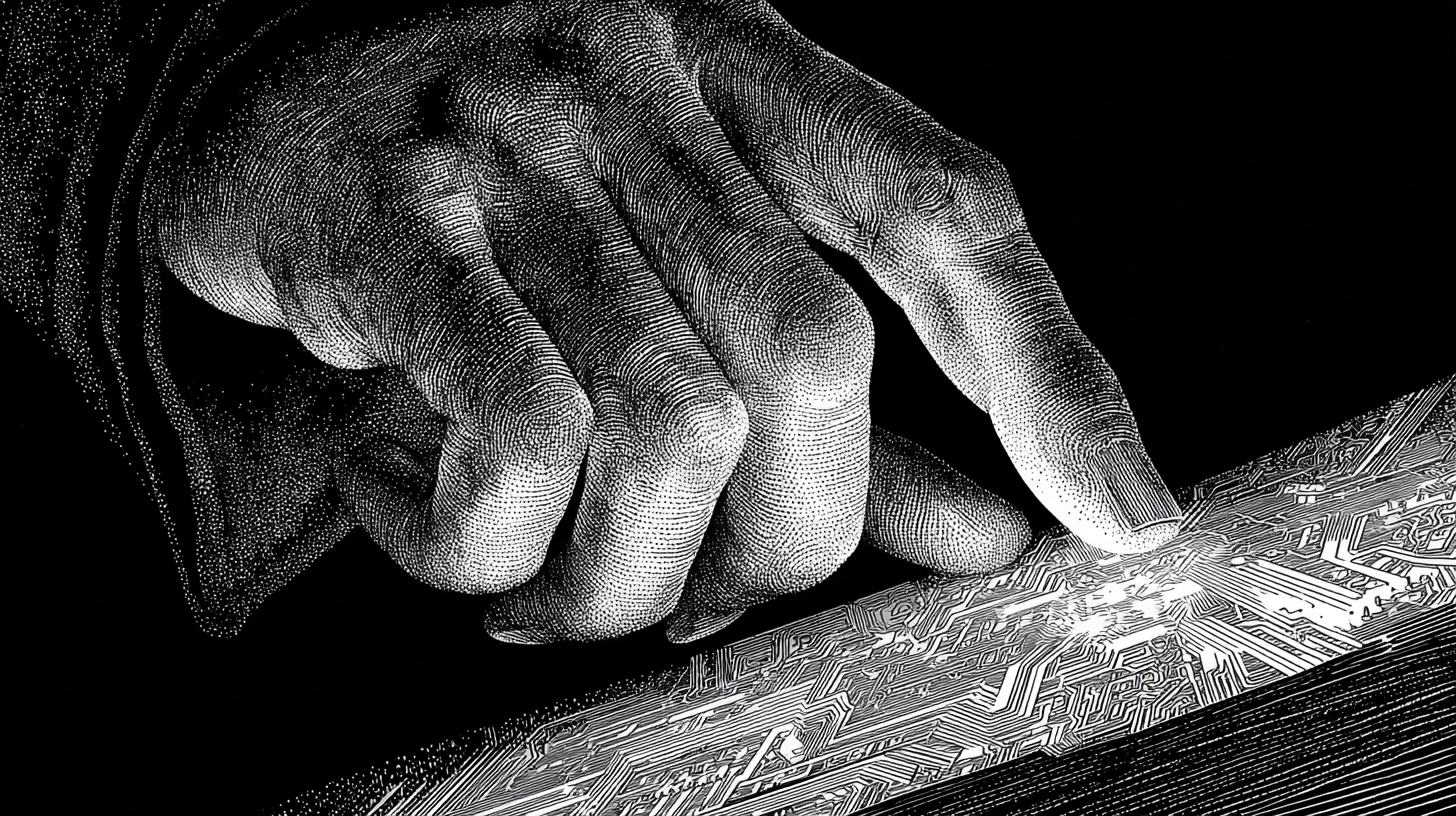
The Fear is Real. And For Most AI, It's Justified.
You’ve seen the headlines. You’ve heard the debates. An AI-generated image wins an art prize, only to be denied copyright protection. A new AI model is released, and authors rightfully worry if their work is being ingested without their consent. In this new world, a critical question hangs over every creator: "If I use an AI tool, do I still own my work?"
It’s a reasonable fear, and for most simple, "push-button" AI tools, it’s entirely justified. When a user provides a single, simple prompt (or no prompt at all) and an AI autonomously generates a complex work, the US Copyright Office has been clear: a machine cannot be an author. Where there is no human authorship, there is no copyright.
But what happens when the AI is not the author? What happens when it’s a sophisticated tool, a digital chisel of unprecedented power, guided at every step by the deliberate, creative, and auditable choices of a human being?
This is where BookTranslate.ai was designed, from its very foundation, to be different. This isn’t legal advice; it’s a transparent look into the architecture of our platform - an architecture built not to replace human authorship, but to document it.
The Legal Landscape: The "AI as a Tool" Principle
The US Copyright Office has already drawn a clear line in the sand. In its ruling on the graphic novel Zarya of the Dawn, it established the "AI as a Tool" principle. The author used an AI image generator to create the individual images, but she - the human - wrote the text, selected the images, and creatively arranged them into a cohesive narrative.
The ruling was a landmark: The copyright for the individual, autonomously generated images was denied. But the copyright for the book as a whole - the text, the creative selection, the composition, and the arrangement - was granted.
The precedent is clear: Human authorship, expressed through creative control and selection, is the key.
The BookTranslate.ai Process: A Chain of Human Authorship
Our platform was engineered to be a fortress of human-driven creative control. The translation you receive is not a raw AI dump; it is the end product of a documented chain of your own editorial decisions.
Here are the specific, defensible acts of human authorship you perform when using our service:
1. The Foundation: Your Copyrighted Manuscript
The entire process begins with your User Content - an original work to which you already own the copyright. The translation is, by legal definition, a derivative work based on your original creation. You are not starting from a blank slate; you are directing the adaptation of your own intellectual property.
2. The Blueprint: You as Creative Director
Before a single word is translated, you are given control over the "Translation Blueprint."
- Custom Instructions: You provide specific guidance on tone, style, and context. This is not a generic setting; it is a creative brief that constrains the AI's operation.
- Custom Glossary: You make binding, creative decisions on the exact lexical choices for key terms throughout the manuscript.
3. The Naturalizer: Your "Exhibit A" for Creative Control
This is where the case becomes undeniable. The Naturalizer is designed, by its very nature, to force you into the role of a final, authoritative editor.
You are presented with stylistic suggestions, not as simple "corrections," but as editorial choices with explicit trade-offs.
Consider these real examples - one accepted, one rejected - from our platform when naturalizing the short stories "Shame" by Osamu Dazai and "The Feather Pillow" by Horacio Quiroga:
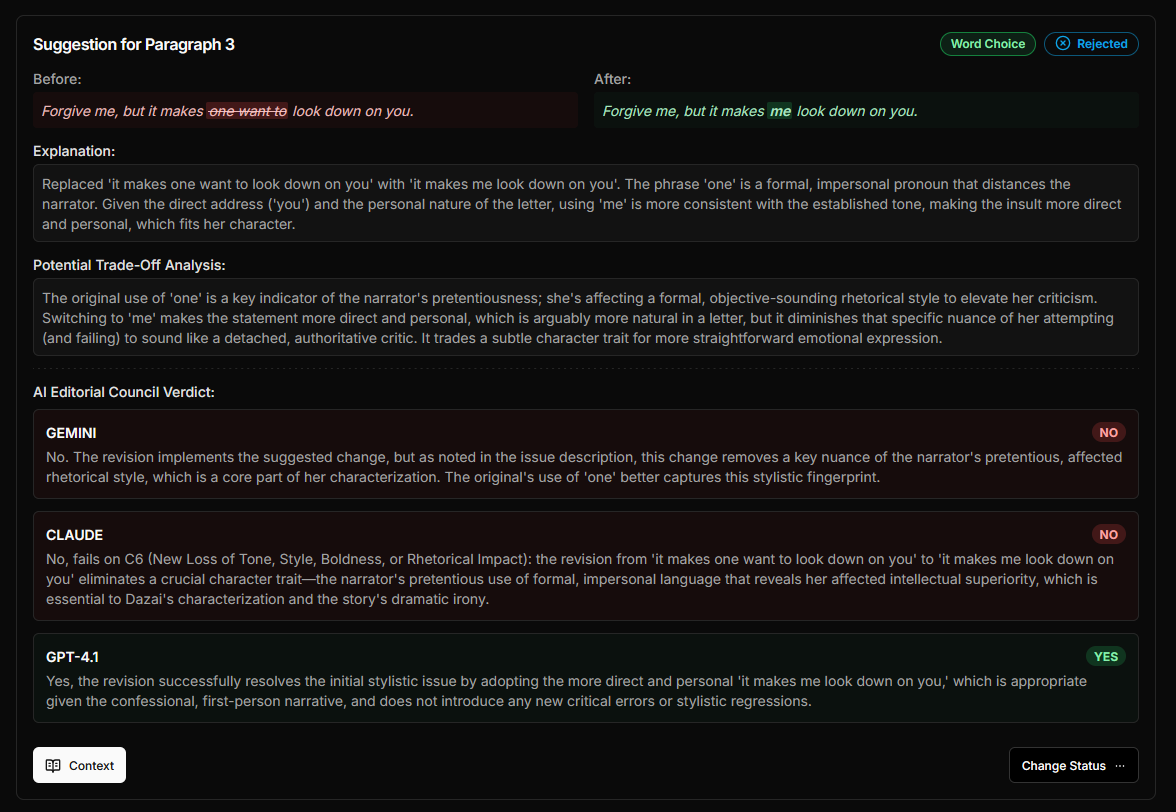

In this single interface, several acts of human authorship occur:
- The Forced Creative Choice: The "Potential Trade-Off Analysis" explicitly states that the choice is between the "original's stark, report-like quality" and the "improved version's more narrative flow." When you click "Accept" or "Reject," you are making a conscious, recorded, creative decision about the final artistic tone of the work.
- The Transparent Editorial Debate: The "AI Editorial Council" often disagrees. It presents arguments for and against a change. You, the user, act as the Editor-in-Chief, weighing the arguments and making the final, binding decision. This is the very definition of creative control.
- The Iterative Process: The Naturalizer works in layers. After you make your first set of choices, you can run it again to find deeper refinements that are only possible because of your previous creative inputs. This creates a documented, layered history of your editorial engagement.
Disclaimer: The author of this post is a writer, translator, publisher and software developer, not a lawyer. This article is intended for informational and educational purposes only and does not constitute legal advice. The legal landscape around AI and copyright is rapidly evolving. We strongly encourage you to consult with your own legal counsel regarding copyright protection for your specific works.
Conclusion: We Give You a Receipt for Your Creative Labor
The "black box" is the enemy of the author - whether it's the unaccountable "artistic liberty" of a human translator or the opaque process of a generic AI.
We built BookTranslate.ai to break that box open.
Our process is transparent, auditable, and designed to put you, the human creator, in the director's chair at every critical junction. The Naturalizer doesn't just offer suggestions; it forces you to make the same difficult, nuanced decisions about style, rhythm, and trade-offs that have always been the hallmark of true literary craftsmanship.
We don't just give you a translation. We give you a receipt and a platform for your own creative labor, a clear and defensible record of your authorship from start to finish. In an era of legal uncertainty, this process is your fortress.
About the Author

Founder, BookTranslate.ai
Balint Taborski explains how the architecture of BookTranslate.ai is designed to empower human authors and secure their copyright in the age of AI.
@balint_taborski
 BookTranslate.ai
BookTranslate.ai